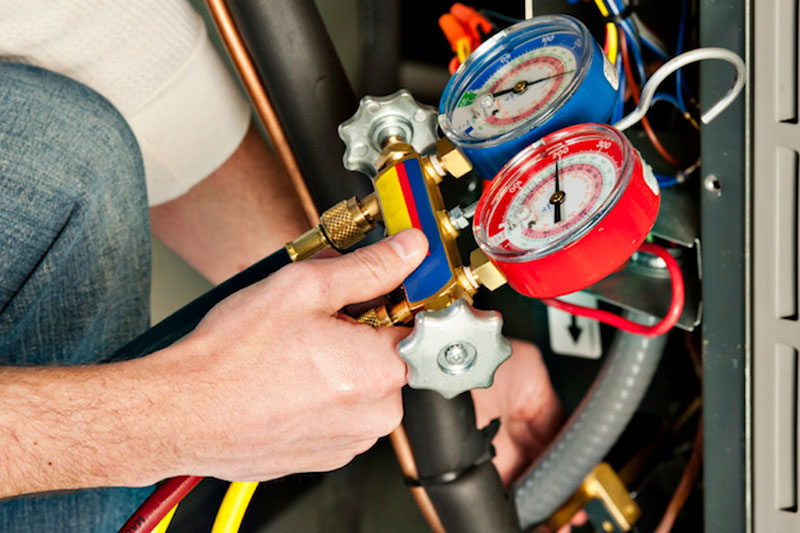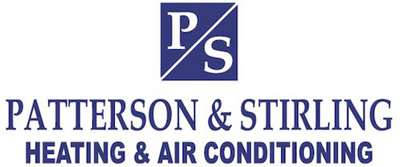
You might not think a lot about how your air conditioner works, but it relies on refrigerant to keep your house cold. This refrigerant is subject to environmental laws, since it contains chemicals.
Based on when your air conditioner was installed, it may use R-22, R-410A or R-32 refrigerant. We’ll go over the differences and which air conditioner refrigerants are being phased out in Erie, plus how these phaseouts affect you.
What’s R-22 and Why Is It No Longer Being Made?
If your air conditioner was put in before 2010, it likely uses Freon®. You can learn if your air conditioner has it by reaching us at 814-308-0416. You can also inspect the name plate on your air conditioner condenser, which is situated outside your home. This sticker will include info on what type of refrigerant your AC has.
Freon, which is also known as R-22, contains chlorine. Scientists consider this chemical to be harmful to the earth’s ozone layer and one that prompts global warming. The Environmental Protection Agency, which controls refrigerants in the United States, outlawed its production and import in January 2020.
I Use an Air Conditioner with R-22. Do I Need to Get a New One?
It differs. If your air conditioning is operating correctly, you can continue to run it. With yearly air conditioner maintenance, you can expect your AC to work around 15–20 years. However, the Department of Energy reports that removing a 10-year-old air conditioner could save you 20–40% on yearly cooling costs!
If you don’t replace your air conditioner, it may lead to a problem if you need air conditioning repair in the future, specifically for refrigerant. Repairs might be pricier, since only reduced levels of recycled and reclaimed R-22 is available.
With the end of R-22, most new air conditioners now rely on Puron®. Also referred to as R-410A, this refrigerant was made to keep the ozone layer in good shape. Because it requires a different pressure level, it isn’t compatible with air conditioners that use R-22 for cooling.
However, Puron still has the possibility to lead to global warming. Because of that, it may also eventually be discontinued. Although it hasn’t been communicated yet for residential air conditioners, it’s anticipated sometime this decade.
What Refrigerant Will Replace R-410A?
In preparation of the discontinuation, some brands have initiated using R-32 in new air conditioners. This refrigerant rates low for global warming potential—about one-third less than R-410A. And it also reduces energy use by about 10%, according to the Intergovernmental Panel on Climate Change’s Fourth Assessment Report. That’s savings that might be sent on to you through your utility expenses.
Patterson & Stirling Can Assist with All Your Air Conditioning Needs
In short, the modifications to air conditioner refrigerant probably won’t concern you very much until you require repairs. But as we talked about earlier, repairs connected to refrigerant might be more costly because of the reduced amounts available.
Not to mention, your air conditioner frequently breaks down at the worst time, frequently on the muggiest day when we’re getting lots of other calls for AC repair.
If your air conditioner uses a phased out refrigerant or is aging, we suggest getting a modern, energy-efficient air conditioner. This delivers a stress-free summer and can even lower your utility costs, especially if you choose an ENERGY STAR®-rated air conditioner. Plus, Patterson & Stirling has many financing programs to make your new air conditioner fit your budget. Contact us at 814-308-0416 to get started right away with a free estimate.


